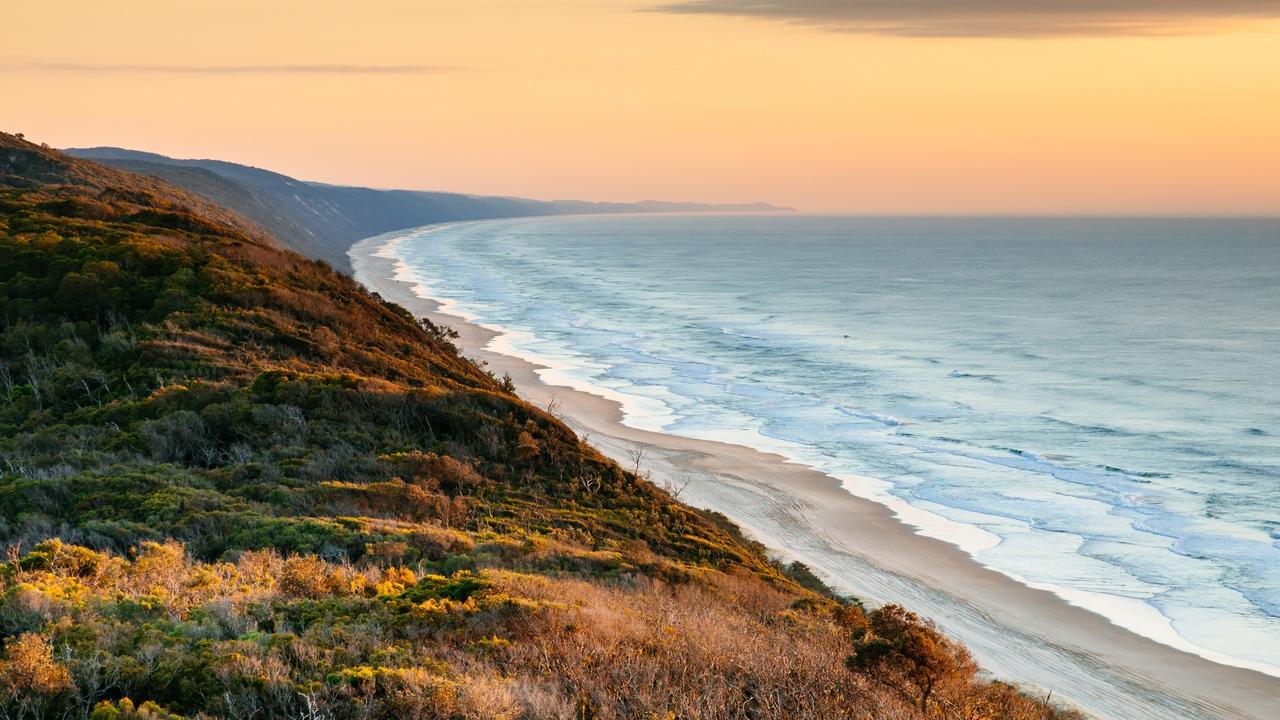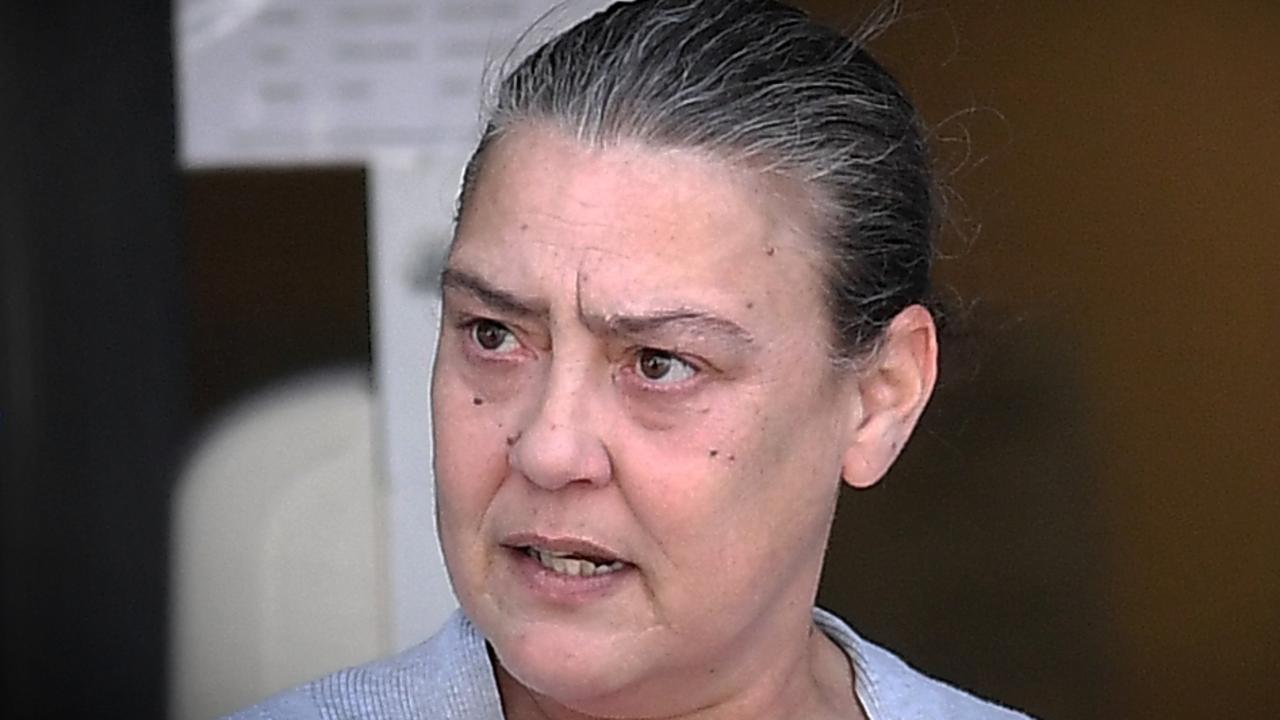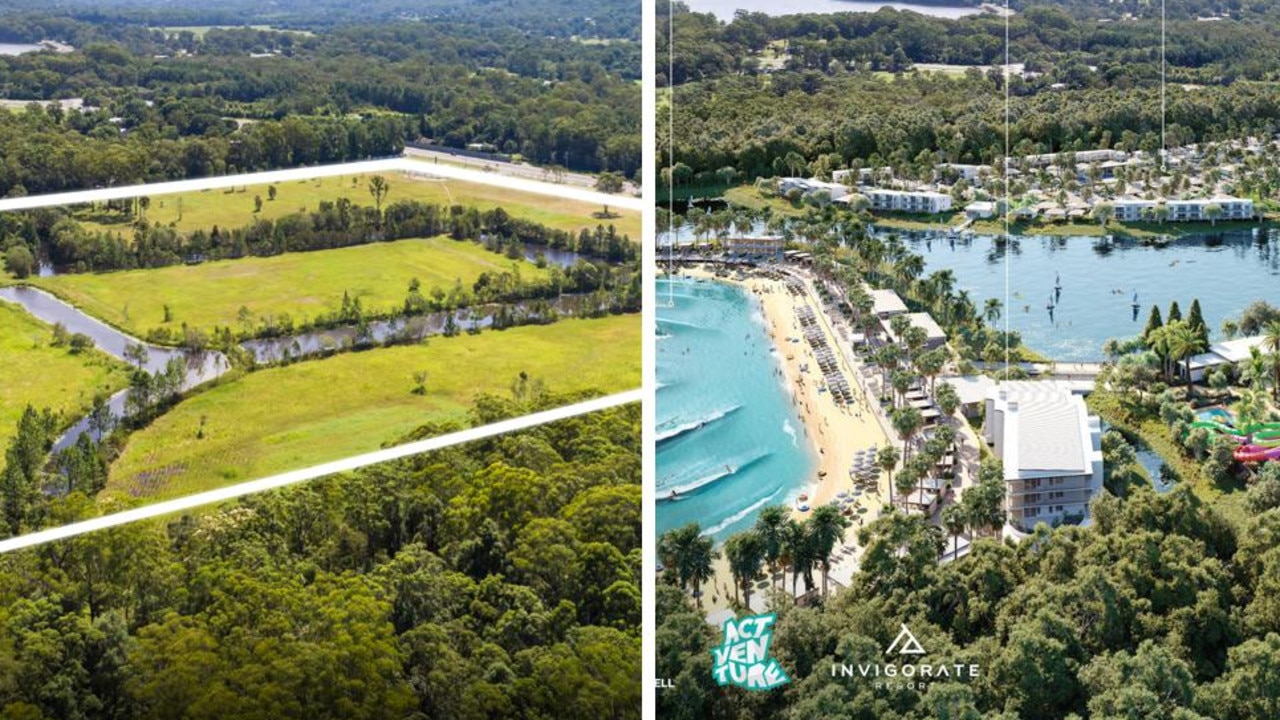How to fit 100,000 new homes on the Coast
FITTING about 2 million extra people in south-east Qld in the next 25 years is a challenge the State Government has to carefully consider, and it has a plan.
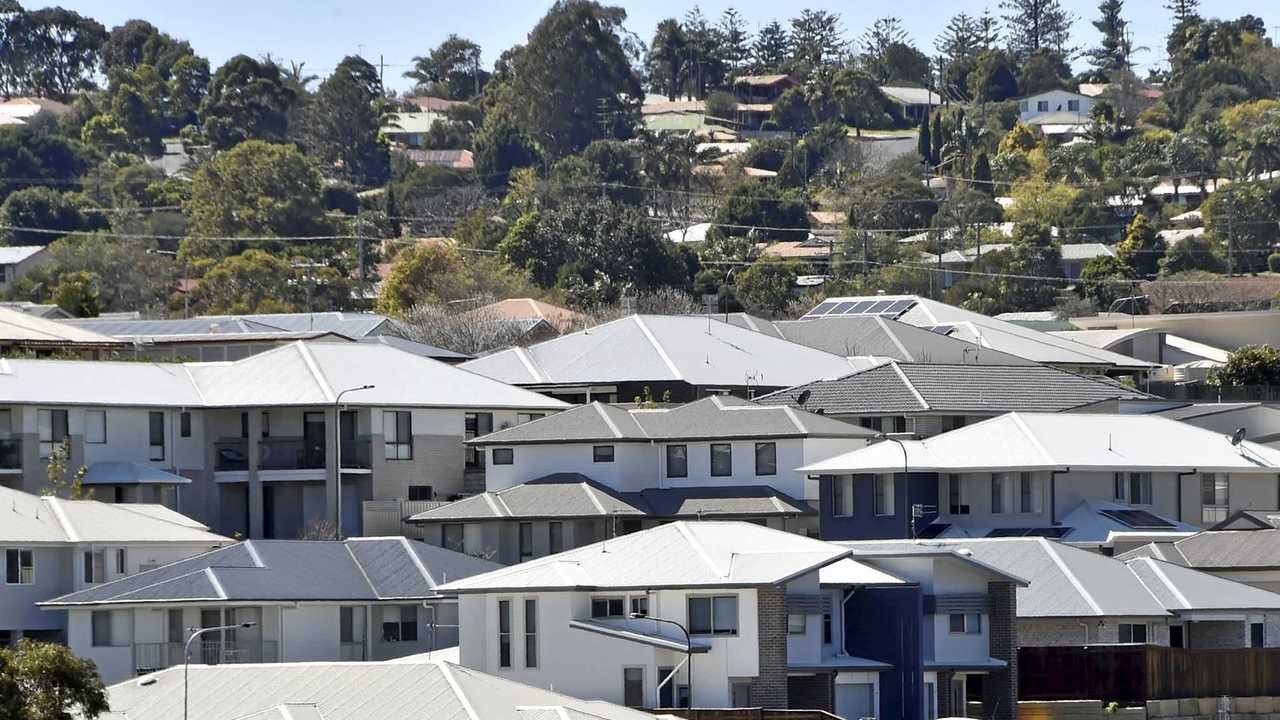
Sunshine Coast
Don't miss out on the headlines from Sunshine Coast. Followed categories will be added to My News.
WHEN you live in one the most beautiful place in the world, it's not surprising thousands of others are going to want to join you there.
Fitting in all the extra people in south-east Queensland - estimated to be about two million in the next 25 years - and maintaining the beautiful environment is a challenge the State Government has to carefully balance.
The South East Queensland Regional Plan has been the guiding document for development across the region since it was first introduced in 2005.
This week Deputy Premier and Minister for Infrastructure, Local Government and Planning Jackie Trad unveiled its latest update: Shaping SEQ.
This draft plan will guide growth until 2041 and provide a vision for the next 50 years for the south-east corner.
RELATED: SEQ plan 'generally' in line with Noosa attitude
Ms Trad said the new planned addressed "one of the most important issues facing SEQ: this is the provision of diverse and affordable housing".
The Sunshine Coast, as the third-largest region, will have to accommodate an extra 197,000 people by 2031.
The 160-page draft SEQ Regional Plan has outlined exactly how this will happen.
And unlike previous plans which have focussed on greenfield development, the majority of future growth will take place via infill.
The Sunshine Coast will have an extra 64,200 homes from infill by 2041 and an extra 35,100 from greenfield sites.
Noosa, in comparison, will have an extra 4600 homes from infill and 3500 dwellings from greenfield sites.
The draft document showed "Fonzie flats" - a small flat on top of the roof of a garage similar to those attached to homes in the Town of Seaside, plus small multiple dwellings such as townhouses and triplexes and medium-rise apartments will form part of the future.
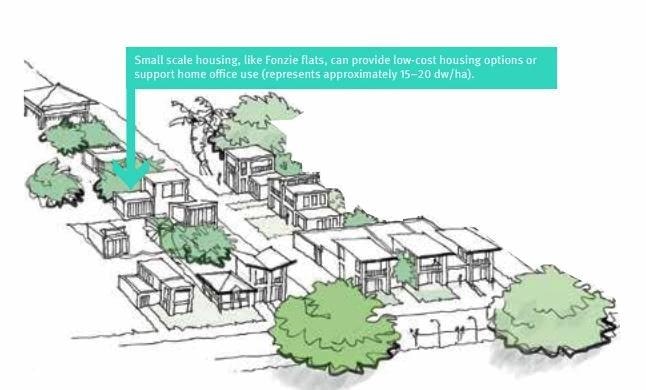
House lot sizes would also continue to decrease.
Between 1995 and 2015, the median size of a new lot reduced from 675sq m to 475sq m. Some of the new lots in Aura at Caloundra South are less than 300sq m.
Only one new site, Beerwah East, has been earmarked to accommodate an extra 15,000 homes on the Sunshine Coast.
Halls Creek, the Stockland-owned area near Caloundra South, has been identified as "potential future growth" in case housing supply runs out.
Sunshine Coast Mayor Mark Jamieson welcomed the draft SEQ Regional Plan and said it reflected the council's vision for the future.
"As part of the SEQ Regional Plan review to accommodate that population growth, the State Government has estimated that the Sunshine Coast will need an additional 99,300 dwellings by 2041," Cr Jamieson said.
"Council and our community have consistently outlined a preferred settlement pattern for the region to 2031 as outlined in the Sunshine Coast Planning Scheme.
"Our population modelling shows the region can ably accommodate more than the required number of dwellings by 2031 including the 27,600 dwellings planned in Palmview and Caloundra South.
"Between 2031 and 2041, the State Government estimates that another 40,000 dwellings will be required of which more than 25,000 will be provided at Maroochydore, Nambour and in the Sunshine Coast Enterprise Corridor."
Cr Jamieson said the council's planning for the region, in partnership with the Queensland Government, had produced some great results for the future of the Sunshine Coast community.
"Following strong and consistent advocacy by council, the draft SEQ Regional Plan identifies Beerwah East in the Urban Footprint - a preferred location for long-term growth," he said.
"Beerwah East will provide public transport connections and routes and the additional 10,000 to 20,000 dwellings required to meet the predicted population growth to 2041 and beyond.
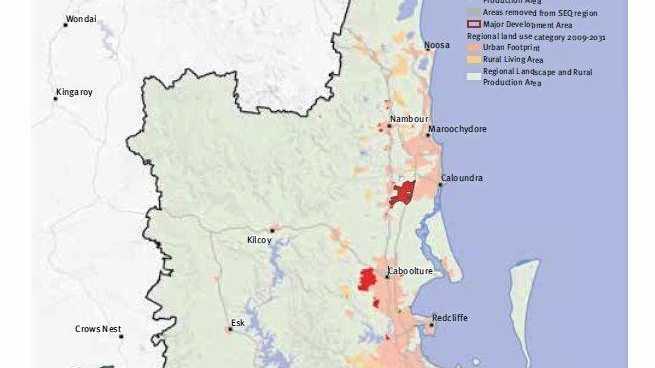
"The draft SEQ Regional Plan also provides for some growth in smaller townships such as Glasshouse Mountains, Landsborough, Palmwoods, Yandina and Bli Bli.
"For many of these towns, this recognises their suitability for urban growth, given they are located on the North Coast Rail Line transport corridor.
"As well as providing increased housing on the Sunshine Coast, it allows these townships to continue to grow."
Future developments in these sites would be through "infill opportunities with a focus on unit development".
Barely any future growth has been identified for the Noosa Council area.
The draft SEQ Regional Plan also supports the council's efforts to achieve an offshore cable protection zone and landing point for an international broadband submarine cable connection, which would make the Sunshine Coast the first regional centre in Australia to provide direct broadband connectivity to global markets.
The Sunshine Coast Airport was also recognised as an area of regional economic significance in the draft plan.
"Another important first step is the mapping and clear identification of a large part of the regional inter-urban break straddling the Moreton Bay and the Sunshine Coast local government areas," Mayor Jamieson said.
"Council welcomes an action item in the draft SEQ Regional Plan that indicates the State Government will work with Moreton Bay and Sunshine Coast councils to determine the extent of the northern inter-urban break and identify additional means to secure it for the long term.
"Our council and our community wants the inter-urban break preserved in its current scale in perpetuity.
"The inter-urban break helps define Sunshine Coast as distinct from, but connected to, the rest of south-east Queensland.
"It helps protect the Pumicestone Passage water quality, provides unique tourism and recreation opportunities for the whole of SEQ, and provides a significant contribution to our economy through valuable agricultural and forestry activities.
"This is too important an asset to see it further reduced, which is why council will not support Halls Creek, to the south of Aura, for future urban development.
"We have a comprehensive plan to accommodate growth and ensure the inter-urban break is protected.
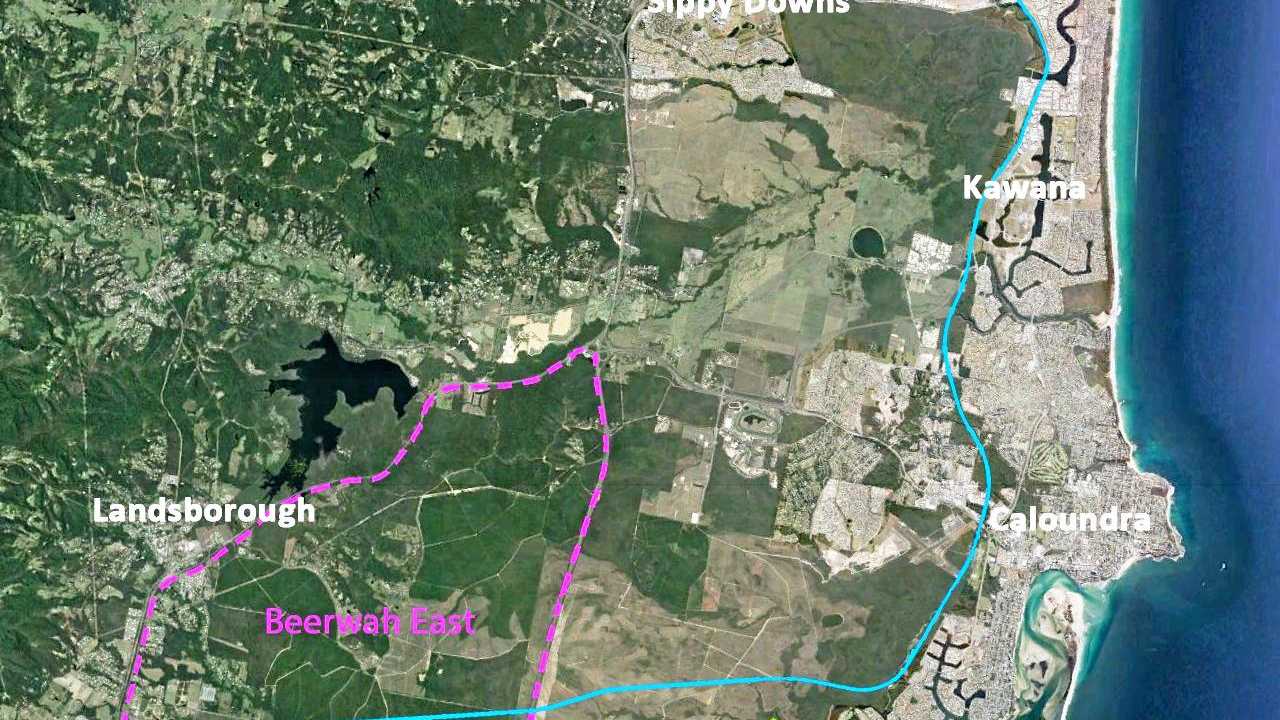
"We have had that plan for some time and now we need our residents' support to ensure that plan becomes a reality - not just for everyone today, but for future generations that come after us.
"Planning for our growth is critical to protecting our coastal lifestyle, our outstanding natural assets, character and identity, ensuring we have employment and economic opportunities for our residents in the future."
Ms Trad said the the 160-page document, which would now go out for community consultation, had been developed with "extensive consultation with the region's 12 councils, industry and the community".
"It's vital t the SEQ Regional Plan reflects the values, needs and great ideas of the community which is why we worked in close partnership with the region's 12 mayors and consulted with south-east Queenslanders to develop this draft plan," Ms Trad said.
"The population of south-east Queensland is expected to grow to over 5.3 million people in the next 25 years and the draft SEQ Regional Plan is all about catering for this growth sustainably.
"We are looking, for the first time, beyond the boundary of a 25-year plan and have developed a 50-year vision that looks ahead to the region's longer-term future and how SEQ responds to global changes.
"Throughout the state, we are seeing innovative new industries emerge, the delivery of exciting urban renewal precincts and more and more people choosing to call Queensland home.
"Through smart planning, we can ensure that we are ready to capitalise on the transition to a services and knowledge-driven economy. That means a lift in economic growth and more jobs for Queenslanders."
Ms Trad said one of the important features of the draft SEQ Regional Plan was a focus on unlocking land that had been identified for urban development but had so far been underutilised.
"The draft plan focuses on affordable living - not just affordable housing - and looks at the way that people interact with their community and the services around them," she said.
"We have identified areas of regional economic significance throughout the south-east to facilitate economic growth outside the major employment hubs and enable people to work and live closer to home.
"Unlocking land already within the urban footprint is critical, ensuring that there is less demand for expanding into our natural environment.
"We want the SEQ Regional Plan to be shaped by south-east Queenslanders and I encourage the community to have their say."
Urban Development Institute Australia Sunshine Coast president Andrew Stevens said Beerwah East had been included within the urban footprint to accommodate an extra 15,000 homes.
He said, however, he was unaware of any council detailed investigations into the suitability of the site.
"It is state-owned land with a 99-year lease from forestry at the moment," Mr Stevens said.
Mr Stevens identified no opportunity for further development in the northern part of the Sunshine Coast.
"There is an unbalanced distribution of future growth areas to the south of the Coast and limited opportunities for expansion of urban areas in central and northern portions of the Coast," he said.
Originally published as How to fit 100,000 new homes on the Coast

